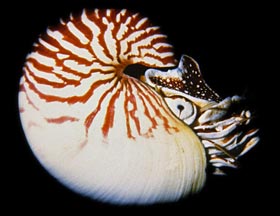I just think this review of what children from New York City have to say about beach pollution aka marine debris is too “right on” not to share. These quotes come directly from an article on the Ocean Conservancy’s website. Check out the entire article for some wonderful crayola images the kids did too!
Fourth-graders in New York City conducted cleanups at a local beach and tallied every item they found on Ocean Conservancy’s data card, an experience shared by hundreds of thousands of people around the world every year during Ocean Conservancy’s International Coastal Cleanup.
The young citizen scientists learned about the myriad ways marine debris threatens ocean health, and created graphs to show the sources of these man-made items.
They shared their findings with us, and we’d like to share them with you. Here are just a few of their observations, presented just as they’ve written them:











What people are saying …